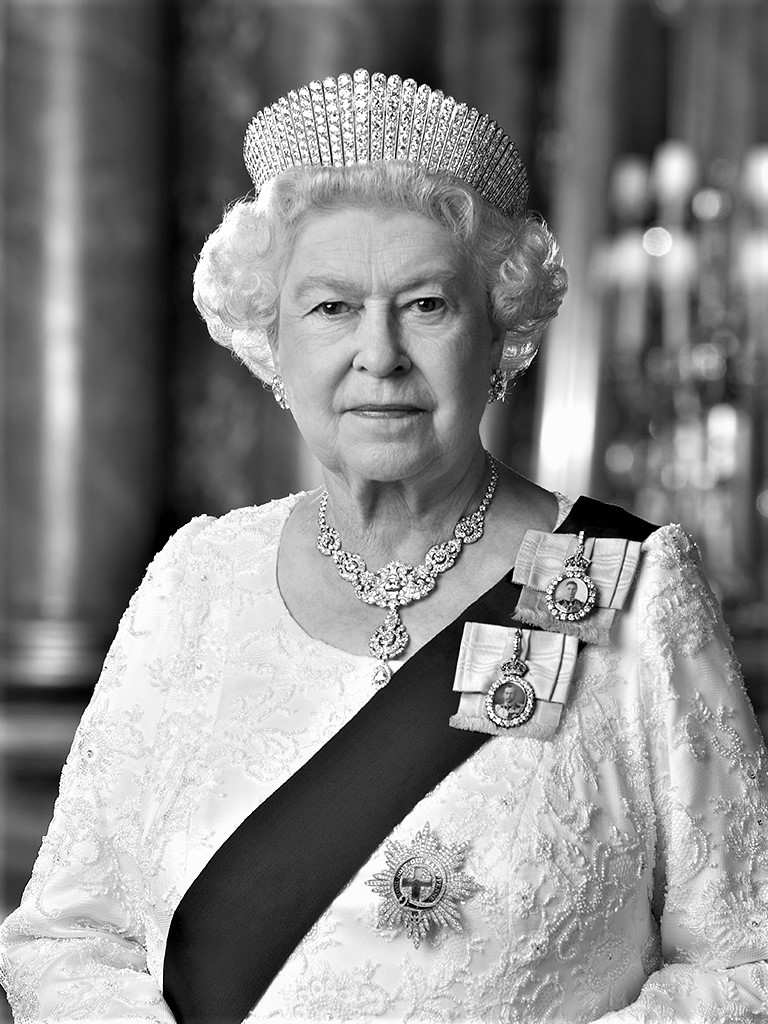A brief introduction to Diabetes
The following information is designed to give a brief overview of what diabetes is and how it is managed. The
Digibete video platform contains a number of short videos that goes into this in greater detail, as well as providing lots of tips from children with type 1 diabetes on how to manage diabetes day to day.
What is diabetes?
Diabetes Mellitus literally means “a fountain of honey”. In diabetes there is a higher than normal amount of glucose (a form of sugar used in the body) in the bloodstream. This happens because the body is not making enough insulin.
Insulin is a hormone produced by a gland in the body called the pancreas. This hormone allows the body to use glucose properly and efficiently for energy. Normally, the insulin released by the pancreas is found in the blood all the time. It is released in greater quantities when you eat foods that contain sugar or starch, also known as carbohydrate. This includes foods such as potatoes, bread, rice and pasta and sugary drinks. The amount of glucose found in the bloodstream depends on the amount of food that is eaten and also on the amount of insulin that is produced in the body.
In diabetes the body is unable to produce enough insulin, and so the amount of glucose in the blood rises. As a result of this, the body is not able to use glucose as a source of energy and so is excreted in the urine. One of the first symptoms of diabetes can be feeling thirsty and needing to go to the toilet a lot. In some cases bedwetting becomes a problem. As the body is not able to use glucose as energy, it has to use other forms of energy, such as protein and fat. As fat stores are used up children will often lose weight. All these features result in the symptoms we usually see when someone develops diabetes.
The common symptoms of diabetes are known as the “4 T’s”
- Thirsty - drinking larger amounts
- Toilet - passing larger amounts of urine; bedwetting.
- Thinner - losing weight
- Tiredness
What causes Diabetes?
It is not yet fully known why some people develop diabetes. There are several theories as to why it occurs, but there is no exact answer. What is known is that the body, for whatever reason, destroys the particular cells in the pancreas that make insulin.
What treatments are there for diabetes?
At present there is no cure for diabetes. Once the body has stopped producing insulin, it is important that this is replaced by giving regular insulin injections. Adults and older people who develop diabetes later in life are sometimes able to control their diabetes with tablets. This is Type 2 diabetes. Unfortunately, this is not the case with children with Type 1 diabetes – tablets are not effective. There are also some rare forms of diabetes often associated with other health problems.
Is admission to hospital likely when diagnosed?
Most new patients will be briefly admitted to the ward. The length of stay will vary, depending on age and how unwell they were. Diabetes care and education starts in the hospital, but continues after discharge. This will cover many important topics in the first month. Parents will probably need to take some time off work to learn all that is needed to care properly for their child. We can supply you with a letter of support for your employer if this is required
Can friends or relatives catch diabetes?
Diabetes is not infectious. It is more common in families though, and your risk of developing diabetes increases if you have relatives with diabetes - about one in ten patients know a family member with diabetes.
What will life be like with diabetes?
Having diabetes is life changing and it will affect the whole family’s lifestyle. However, once initial changes have been made it should be possible for all the normal daily activities to continue. There are a few exceptions to this, but diabetes should not get in the way of the majority of things that we all like to do, such as taking part in sports, going on holidays etc.
Keep active
There is guidance on how much exercise we should be aiming to do. This includes:
- Children of pre-school age who are capable of walking unaided should be physically active for at least 3 hours spread throughout each day.
- School aged children should take part in moderate to vigorous intensity physical activity (like walking, dancing, or playing sports) for at least 60 minutes every day.
- All children and young people should minimise the amount of time spent being sedentary (sitting) for extended periods.
See
https://www.gov.uk/government/publications/uk-physical-activity-guidelines for further information
Keeping healthy
As well as keeping blood glucose levels on target it’s really important to follow general health advice.
- Never smoke
- Eat a healthy balanced diet
- Try to keep to a healthy weight
- Ensure that all immunisations are up-to-date –including flu
- Attend for regular check ups at the dentist





